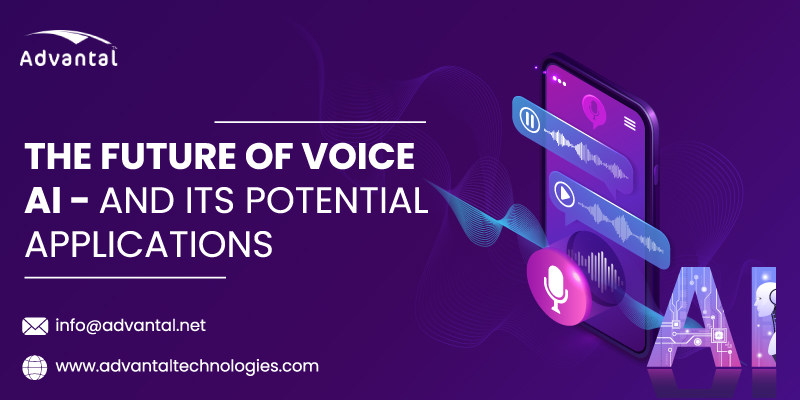For a long time, AI systems that handle repetitive tasks have been improving business productivity. However, a voice AI that can be nearly as good as humans during interactions still feels like a distant dream – evident by the shortcomings in Google Voice Assistance, and Alexa.
The voice AI tools in the consumer tech domain at this point cannot help you experience the true potential of this technology. But it appears to gradually change now. We examine the application areas where the new development of voice AI can be useful.
Context-aware AI machines in the Customer Service Sector
When we humans interact, we rely heavily on the context of the information. It helps us to judge where we have to take the message literally, metaphorically, or humorously. The context and the intent is as important as the content of a communication.
For adult humans, getting the context behind a message is not that difficult. But that’s not the case with most AI systems we see in consumer applications. These machines take messages in their literal sense rather than in their contextual sense. That’s why it’s hard for Alexa to understand jokes for which she is not programmed.
The creation of context-aware AI could be the next big breakthrough in artificial intelligence and machine learning development. And customer service could be an ideal application for this technology.
Consider what a chatbot could do with contextual data obtained from a user’s profile, past interactions, as well as other data sets to frame highly intelligent responses. Who knows if in future you could be talking to an AI who is as empathetic as Vision from Marvel movies?
Voice AI for Drive-through Food Ordering
Drive-through restaurants and fast food chains could benefit from voice AI. However, they need to overcome certain crucial challenges in AI today, and modify the machine learning algorithms.
It may appear quite simple to build a conversational AI for drive-throughs. You might think that one simply needs to upload the restaurant menu in the database and let an AI chatbot do the needful. However, the bots aren’t dealing with other robots, they’re dealing with the most complex beings – Humans.
For AI, human speech processing is difficult in general. And, understanding speech in an outdoor ambience is even more challenging.
When you work at a fast food chain, you encounter people who have different speech patterns, accents, and tones. There are also chances that the customer is about to order something but then they change it midway. Moreover, there are vehicular sounds, car music, and various other sounds for the system to filter out.
The AI/ML developers have to build voice-based applications that can solve these nuanced problems without impacting the customer experience at fast food and drive-through restaurants.
Through years of ML model training, tech companies can break the code here. The benefits associated with order accuracy and speed is enormous for the business. It will be a great help for the workers there too who can now focus on enhancing customer satisfaction in more creative and pragmatic ways.
Voice Data Process Automation
Audio is fundamentally unstructured data for the computer. And, the trends and the patterns emerging from them can be useful in making strategically better business decisions. All you need to do is accumulate, categorize, examine, and interpret those data points.
Top AI/ML service Professionals can also employ Data Process Automation (DPA) to make sense of the unstructured audio and visual information.
For instance, you can employ process automation in oral academic examinations. A child speaks a paragraph aloud and the AI judges how many mistakes she/he has made. This automation process is more accurate and has a faster response allowing for better feedback and improved educational outcomes.
Other applications of this technology could include voice-based typing software, automated form fill-ups, and so on.
The AI vs Human Conundrum
AI is indeed doing many jobs that were historically done by humans. However, that doesn’t mean that humans would be completely replaced by AI.
Artificial Intelligence augments our capabilities, rather than replacing us. They are helping us to make better design decisions, to target prospective customers more accurately, and do monotonous tasks much faster.
The more AI is interwoven in our workspaces, the more benefits it can provide to people. Artificial Intelligence systems are helping us to be a better version of ourselves and allowing us to be more creative and think out of the box at the workplace.
Final Thoughts
Voice AI is navigating uncharted territory and accelerating at a rate that will undoubtedly disrupt industries. When people can talk, they don’t need to type the inputs to the computer. Voice is simpler, quicker, and more practical. That’s why voice AI is becoming smarter than ever and becoming better at interpreting people’s intent.

